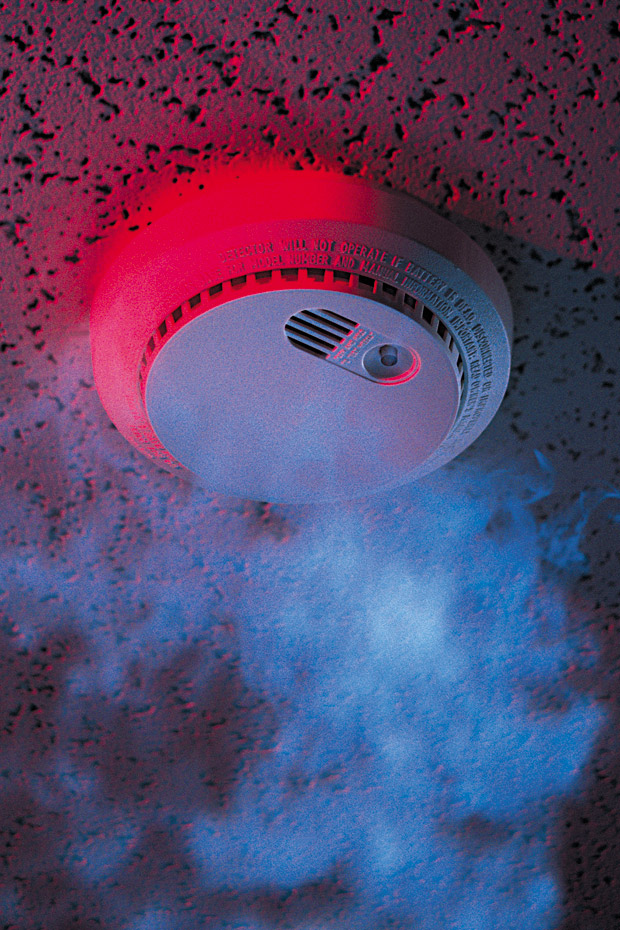
According to the National Fire Protection Association (NFPA), three out of five home fire deaths result from fires in properties without working smoke alarms, often due to missing alarm batteries or expired alarms.
A new generation of home safety technology, combined with tried-and-true safety practices, can help keep homes and families safer from the threat of home fires. The following are tips to keep your family safe and healthy:
BE SAFE, REPLACE
If you can’t think of the last time you installed a smoke alarm, chances are, it’s time to replace your old ones. All smoke alarms — including battery and hard-wired models — are tested to function for 10 years. Installing new alarms ensures you are protected with the most advanced smoke-sensing technologies and latest safety features available.
Conversely, by neglecting to replace alarms, you could be putting yourself, your family or tenants at serious risk.

GO FOR A 10
One of the greatest advancements in smoke alarm technology in recent years has been the development of new 10-year sealed battery smoke alarms, such as First Alert’s 10-Year Atom Smoke & Fire Alarm, which consumers have used to add fire protection to their homes.
The Atom features an advanced smoke entry system designed to reduce the chances of false alarms, along with a loud, penetrating siren. In addition, 10-year alarms provide hassle-free protection so homeowners, property owners and renters no longer need to remember to replace costly batteries for the life of their alarms. They also eliminate the risk of having an alarm deactivated due to battery removal.
DOUBLE-UP ON SAFETY
There are two main types of smoke alarms — photo-electric and ionization — which utilize different technologies to sense smoke and fire. Ionization smoke alarms are more responsive to fast-flaming fires, while photoelectric smoke alarms are generally more responsive to fires that begin with a long period of smoldering (called “smoldering fires”). Rather than relying solely on one, install both — or a dual-sensor alarm — to maximize your protection. The NFPA and other safety advocates recommend having dual-sensor alarms because they provide the best potential for early detection of all types of common household fires.
The First Alert 10-Year Alarm Life Dual Sensor Smoke & Fire Alarm provides the peace of mind of a dual-sensor alarm with the convenience of a 10-year sealed lithium battery. The alarm better detects real threats and helps to combat false or “nuisance” alarms that may lead to device deactivation, all while providing a decade of protection without battery replacement. It also signals an end-of-life warning, notifying consumers when it needs replacement.
COVER YOUR BASES
Even if you have smoke alarms in your home, you and your family may not be sufficiently protected if you don’t have enough devices. To ensure the highest level of protection from smoke and carbon monoxide, the NFPA recommends installing smoke alarms at the top of each staircase and in every bedroom or sleeping area. The average-sized home in America — a two-story, three-bedroom house — needs a minimum of five smoke alarms.
This article is courtesy of Brandpoint.